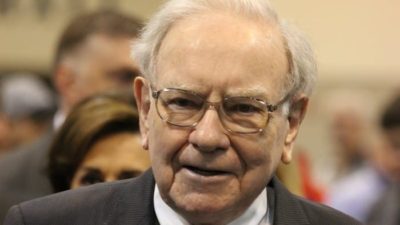I wouldn't say that using ASX shares to become a millionaire by the age of 65 is easy. But the path to get there is arguably simple — if hard to follow at times. The truth is that the ASX share market is one of the most powerful wealth-creation engines that is available to us.
If we harness the share market correctly, it can indeed help anyone retire a millionaire. Here's how.
3 steps to becoming a millionaire with ASX shares
Get your financial house in order
Before you can even think about using ASX shares to fund a comfortable retirement, you first need to make sure your finances are in good enough shape to support your goal. The first thing you must do is make sure you are spending less money than you are earning. Put simply, you can't invest if you have no extra cash to set aside to buy shares.
This is a hard ask these days with the cost of living rising so ferociously. But the harsh reality is that if you are unable to find some extra cash in every pay packet, it will be hard to get ahead.
You will also make sure you are debt-free (outside HECs and your mortgage). Investing in ASX shares is pointless if you have outstanding credit card balances, personal loans, or loans over any asset that doesn't appreciate in value. So pay these off first, and then you can get cracking on building wealth.
Make a plan and stick to it
For most investors, the markets can be a scary and offputting place to be. That's why I think most investors would benefit enormously from a 'set-and-forget' investing plan, ideally employing a dollar-cost averaging strategy.
If you put aside a certain amount to invest into shares every week, fortnight, or month and invest that amount without regard to what the share market is doing at any given time, you should be able to nab yourself a decent long-term return.
This strategy works especially well for diversified investments like exchange-traded funds (ETFs).
You cannot allow yourself to be put off by rising share prices, falling share prices, stock market crashes, or any of the hundred other reasons we all find to avoid investing. Consistency is one of the essential keys to building wealth in the share market.
Wait for your ASX shares to lead you to wealth
If you have your financial house in order and you have a plan to consistently invest in shares, then all you need is a decent rate of return and time. A simple ASX index fund like the Vanguard Australian Shares Index ETF (ASX: VAS) is a popular investment for ASX investors. It invests in the largest 300 shares on the ASX, weighted by company size (market capitalisation).
Since its inception in 2009, this ETF has returned an average of 8.71% per annum (with dividends reinvested). If we assume this rate of return will continue into the future (which is by no means guaranteed), then an investor that can spend $1,000 every month on ASX shares from age 40 will have just over $1 million by the time they reach age 65.
The benefits of compounding become exponentially greater the longer you invest though. If that investor had started investing at age 30 instead of 40, they would have more than $2.75 million in their brokerage account by 65. If they were lucky enough to start from 20, it would be $6.75 million.








